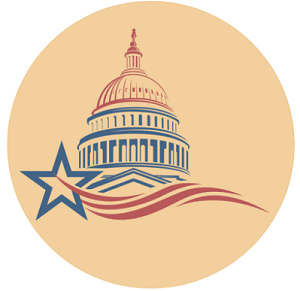
Despite improving economy, Wisconsin welfare payments remain high
October 26, 2021Wisconsin’s unemployment rate is almost where it was before the coronavirus outbreak, and there are thousands of open jobs across the state that could drive it lower. But a new report says people are continuing to cash-in on government benefit programs.
The Badger Institute released a new study titled Employment and the Safety Net During the Pandemic, which notes Wisconsin’s food stamp and temporary assistance programs ballooned during the worst of the coronavirus in 2020, and have not gone back down much since.
“Receipt of government benefits among Wisconsin residents remains higher than before the pandemic started even though the economic situation has improved greatly,” author Angela Rachidi wrote in the piece. “While the economic resources provided though enhanced unemployment insurance, SNAP and TANF were important as the state dealt with the pandemic, long-term generous benefits and elevated caseloads could discourage some people from reentering the labor market and slow economic growth.”
Rachidi and her team looked at the numbers from before the federal unemployment enhancer, some $300 a-week, expired. But the Badger Institute also looked at food stamp and TANF enrollment.
“While the economic resources provided though enhanced unemployment insurance, SNAP and TANF were important as the state dealt with the pandemic, long-term generous benefits and elevated caseloads could discourage some people from reentering the labor market and slow economic growth,” she added. “The labor force participation rate in Wisconsin was 66.5% in August 2021, slightly below the rate in August 2019 of 67.2%.8 However, Wisconsin businesses have reported difficulties finding employees, suggesting a very tight labor market and room for increased labor force participation.”
The report notes that food stamp enrollment, officially known as the Supplemental Nutrition Assistance Program (SNAP), is up, as is the amount of money SNAP families are getting each month.
“Payments to SNAP households in Wisconsin also have skyrocketed, increasing 167% from June 2019 to June 2021, while participation increased almost 30%,” Rachidi wrote. “The increase in monthly SNAP payments is the result of increased participation but primarily due to the “emergency allotment” policy enacted in March 2020 and the 15% increase in SNAP benefits from December 2020.”
The Badger Institute report states that families are receiving on average $200 more per month than in 2019. That’s the highest SNAP payment in 20 years.
Rachidi said with so much money available for so many people, there is a point at which people may not want to return to work.


